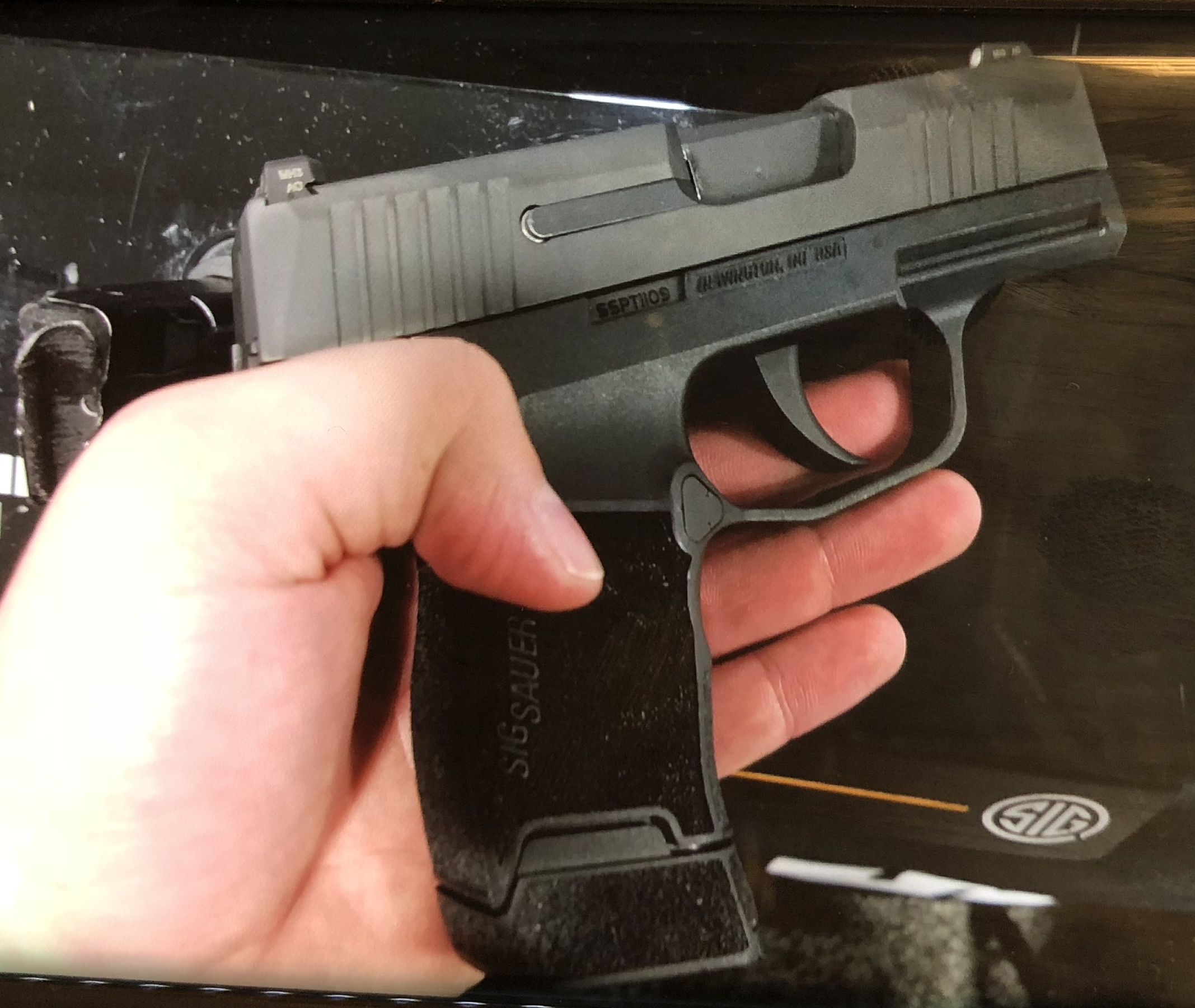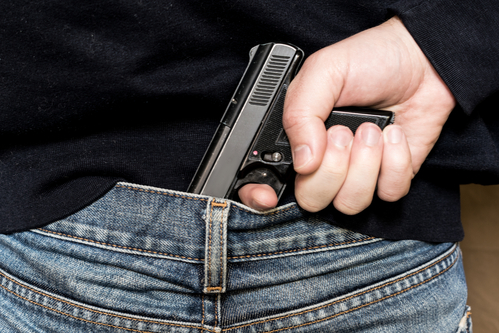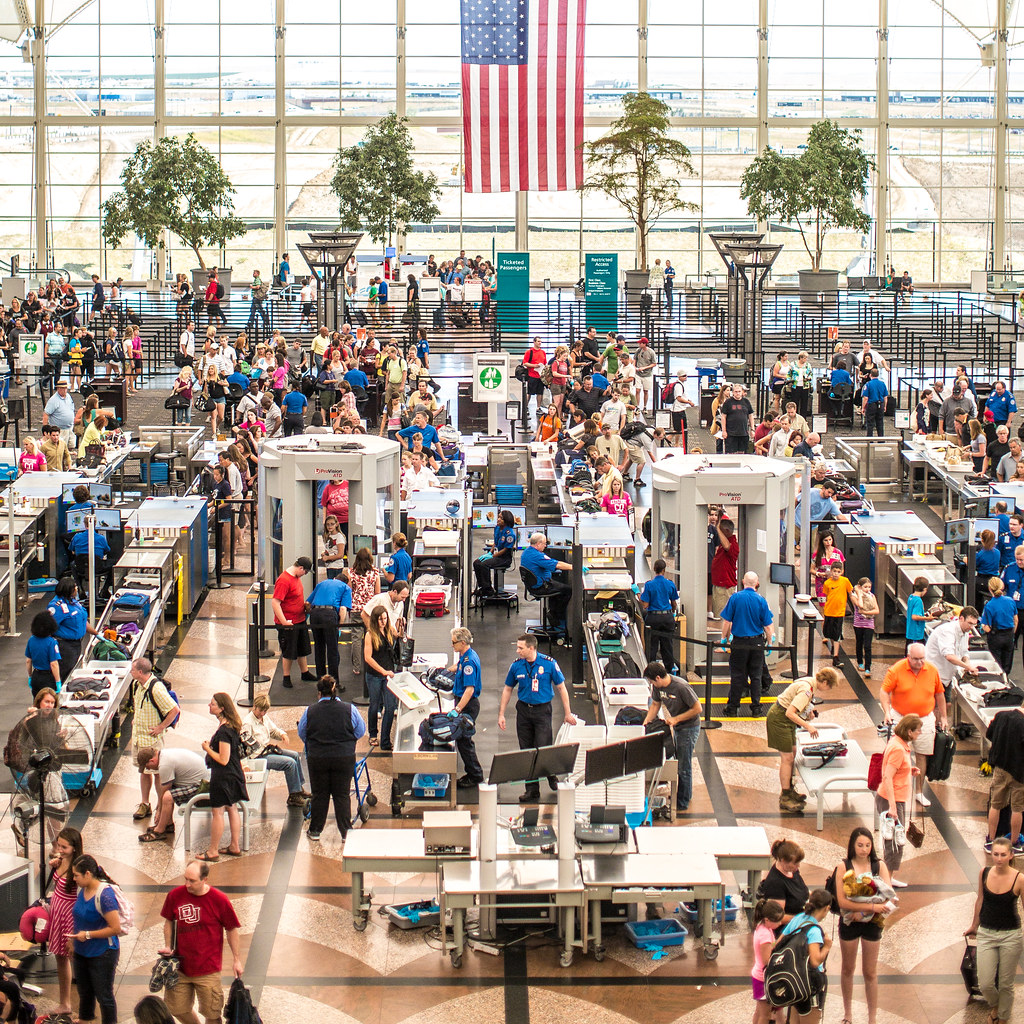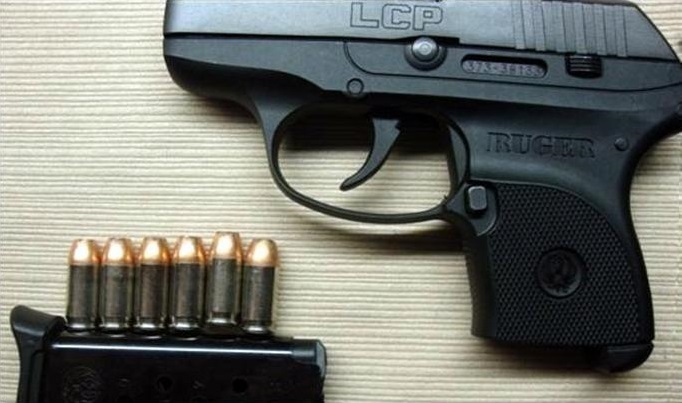
As air travelers prepare to take to the skies, the Transportation Security Administration (TSA) maintains an unwavering vigilance at airport security checkpoints.

In the first quarter of 2024, officers intercepted an astonishing 1,503 firearms, averaging about 16.5 each day.

Such diligence ensures the safety of millions navigating the bustling corridors of U.S. airports, particularly during peak travel times like the upcoming Memorial Day weekend.

The TSA’s meticulous screening efforts reveal a slight decrease in the rate of firearms per million passengers, from 7.9 in 2023 to 7.3 in the recent quarter.

This decrement is a testament to the TSA’s commitment to public safety, although, as TSA Administrator David Pekoske emphasized, “one firearm at the checkpoint is too many.”

With air travel demand surging and more than 206 million passengers screened—up 7.8% from last year—the necessity for heightened security is more prevalent than ever.

Under the shadow of this vigilance are the individual stories of inadvertence and oversight. Many of those apprehended with firearms claim no ill-intent, often attributing the violation to forgetfulness or ignorance of regulations.

For instance, an Edgewater, Maryland woman mistakenly transported a loaded 9mm handgun in her lunch sack, while a Texas man faced a stiff federal financial penalty for attempting to carry a 9mm handgun through Pittsburgh International Airport’s checkpoint. Legal analyst Scott Goodman highlights that these incidents, while serious, are generally “unintentional.”

The TSA does not confiscate firearms but notifies law enforcement, who handle the weapons according to local laws and may issue citations or arrests. A civil penalty from the TSA can reach up to $15,000, depending on the situation.

Even those with concealed carry permits or enrolled in TSA PreCheck® are not exempt, facing penalties and disqualification from expedited screening programs.

For passengers legally traveling with firearms, there is a specific protocol to follow. Firearms must be secured in checked baggage, locked in a hard-sided case, and declared at the airline ticket counter.

TSA’s free MyTSA app and the “What can I bring?” feature offer guidance, as well as the list of requirements on the TSA website.

As Pekoske advised, a “clean bag”—one without firearms or prohibited items—is best when packing for air travel.

The TSA’s continuous reports on intercepted firearms underscore the regularity of such occurrences. With spring break and Memorial Day travelers swelling the ranks of airport patrons, the TSA’s role is crucial in preventing delays and ensuring safety.

For more information on how to properly travel with a firearm, visit: The transporting firearms and ammunition page on TSA.gov,may also view the complete list of penalties on TSA.gov.
Relevant articles:
– Legal analyst breaks down what happens when a gun is intercepted in airport security, CBS19 News –
– The TSA Kept 1,500+ Guns Off Planes—How To Make Yours Safe To Fly, forbes.com
– TSA intercepts fifth gun so far this month at Pittsburgh International Airport, Transportation Security Administration (.gov)
– TSA intercepted more than 1,500 firearms at airport checkpoints nationwide during the first quarter of 2024, PR Newswire

